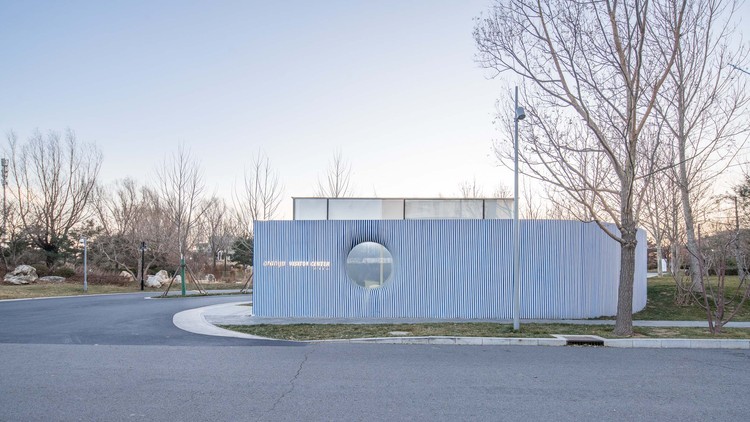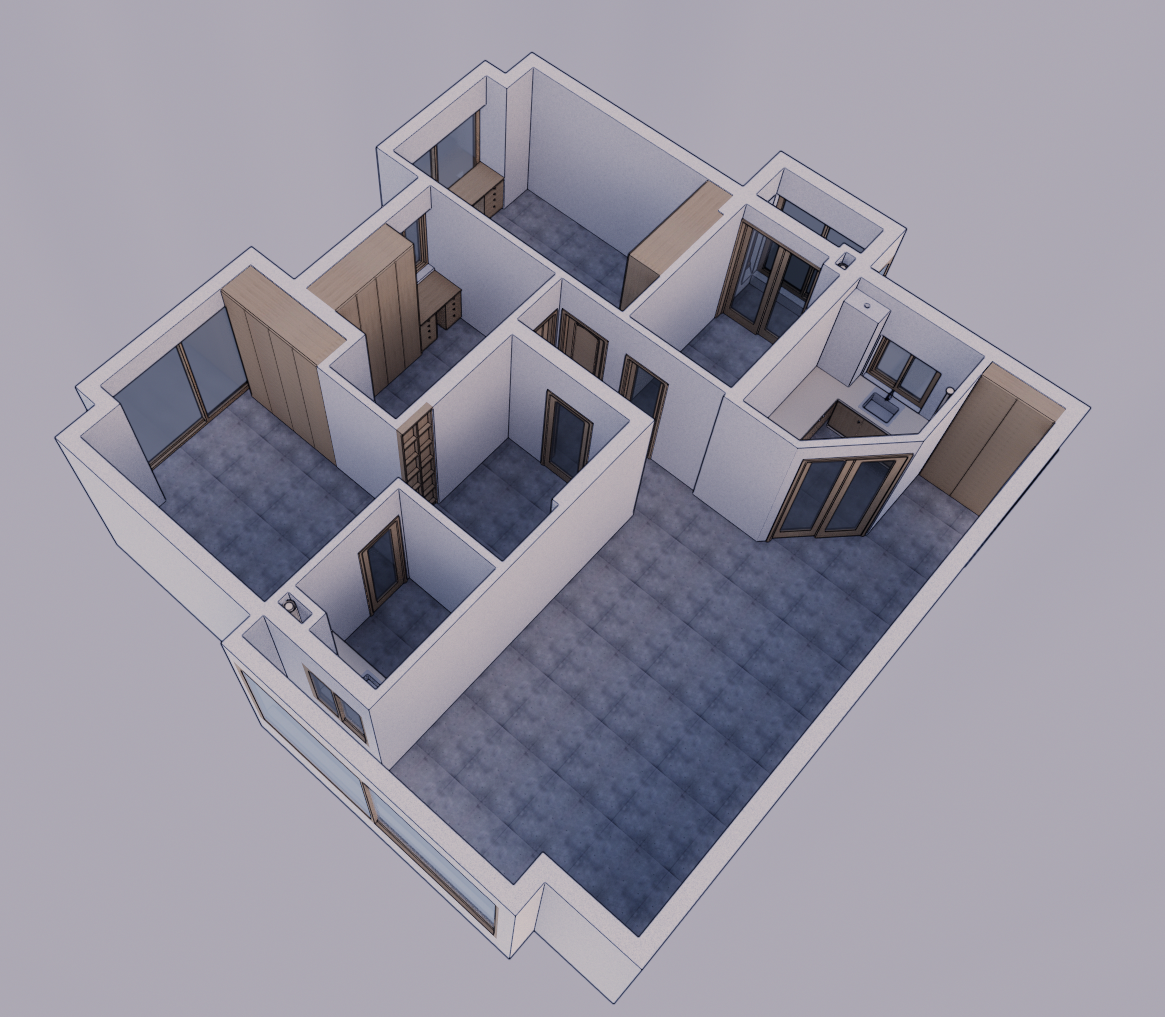Fluidity gglab + Paulo Flores
2013-10-15 01:00
架构师提供的文本描述。当今的全球社会要求公共空间和私人空间、室内空间和室外空间之间保持更大的连续性,由此产生新的协同效应,并使城市与其居民之间建立更好的关系,形成更有活力的城市空间。
Text description provided by the architects. Today´s global society demands a greater continuity between public and private, indoor and outdoor spaces, from which new synergies arise, and lead to more dynamic urban spaces with a better relationship between cities and their inhabitants.
Courtesy of gglab + Paulo Flores
流动性利用陶瓷的特性来满足这些需求,创造了以双层皮肤为特征的城市元素,外部由去污染空气的鳞片组成,与挤压陶瓷管的内层结合在一起,路面褶皱产生长凳,并产生与皮肤相互作用的波浪。墙壁天花板和地板相互作用。
Fluidity uses the characteristics of ceramics to respond to these needs, creating urban elements characterized by a double skin, an outer side composed of scales that decontaminate the air combine with an inner skin of extruded ceramic tubes, the pavement folds generating benches and makes waves that interacting with the skins. Walls, ceilings and floors interacting.
Courtesy of gglab + Paulo Flores
未来的公共空间将不是一个普遍和统一的空间,相反,它将通过使用多样的元素和协调建筑系统来产生连续性和毗连性,从而允许和促进同时进行的程序。
The public space of the future will not be a universal and uniform space, instead will generate continuity and contiguity through the use of diverse elements and coordination of building systems, allowing and promoting simultaneous programs.
 举报
举报
别默默的看了,快登录帮我评论一下吧!:)
注册
登录
更多评论
相关文章
-

描边风设计中,最容易犯的8种问题分析
2018年走过了四分之一,LOGO设计趋势也清晰了LOGO设计
-

描边风设计中,最容易犯的8种问题分析
2018年走过了四分之一,LOGO设计趋势也清晰了LOGO设计
-

描边风设计中,最容易犯的8种问题分析
2018年走过了四分之一,LOGO设计趋势也清晰了LOGO设计
































































